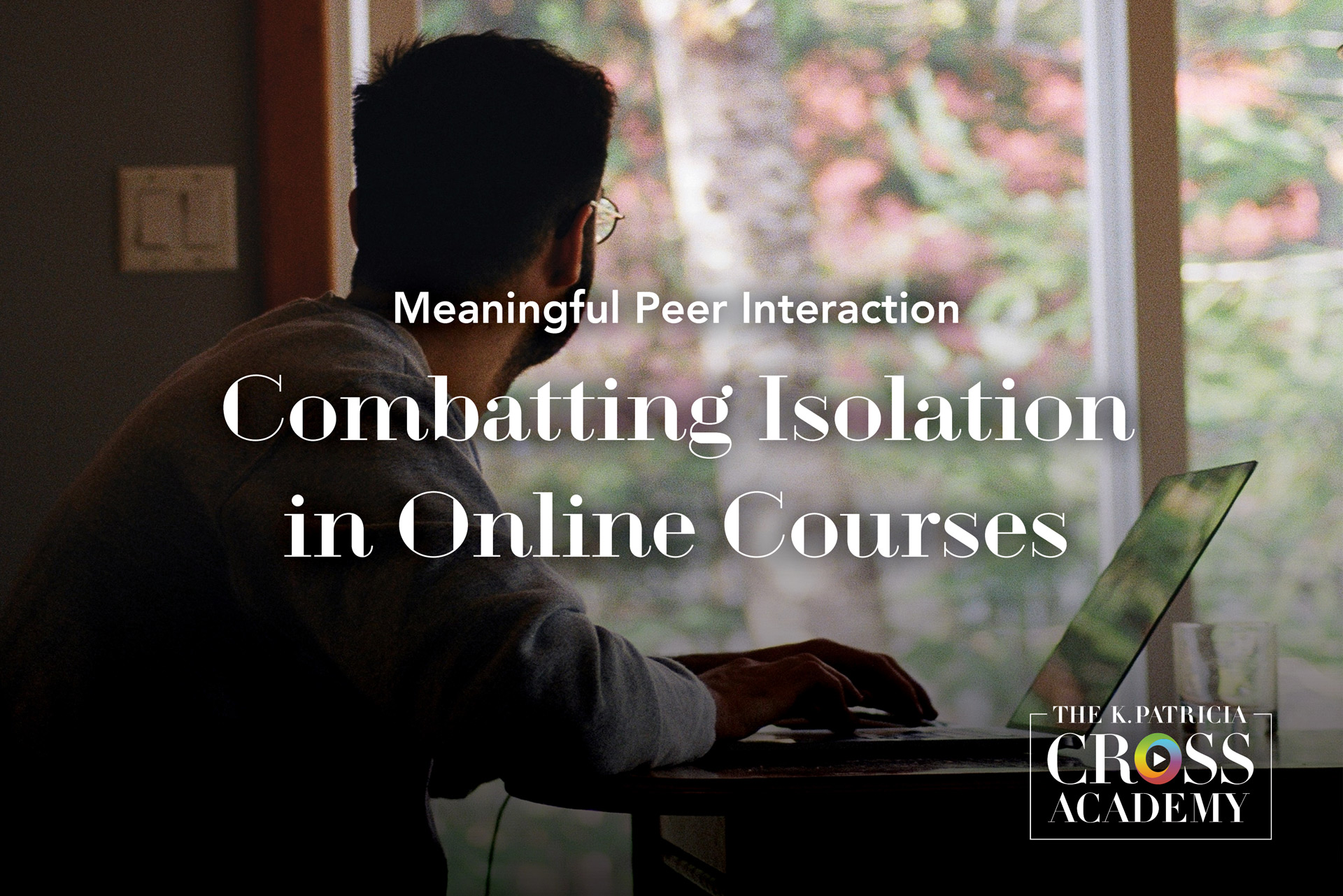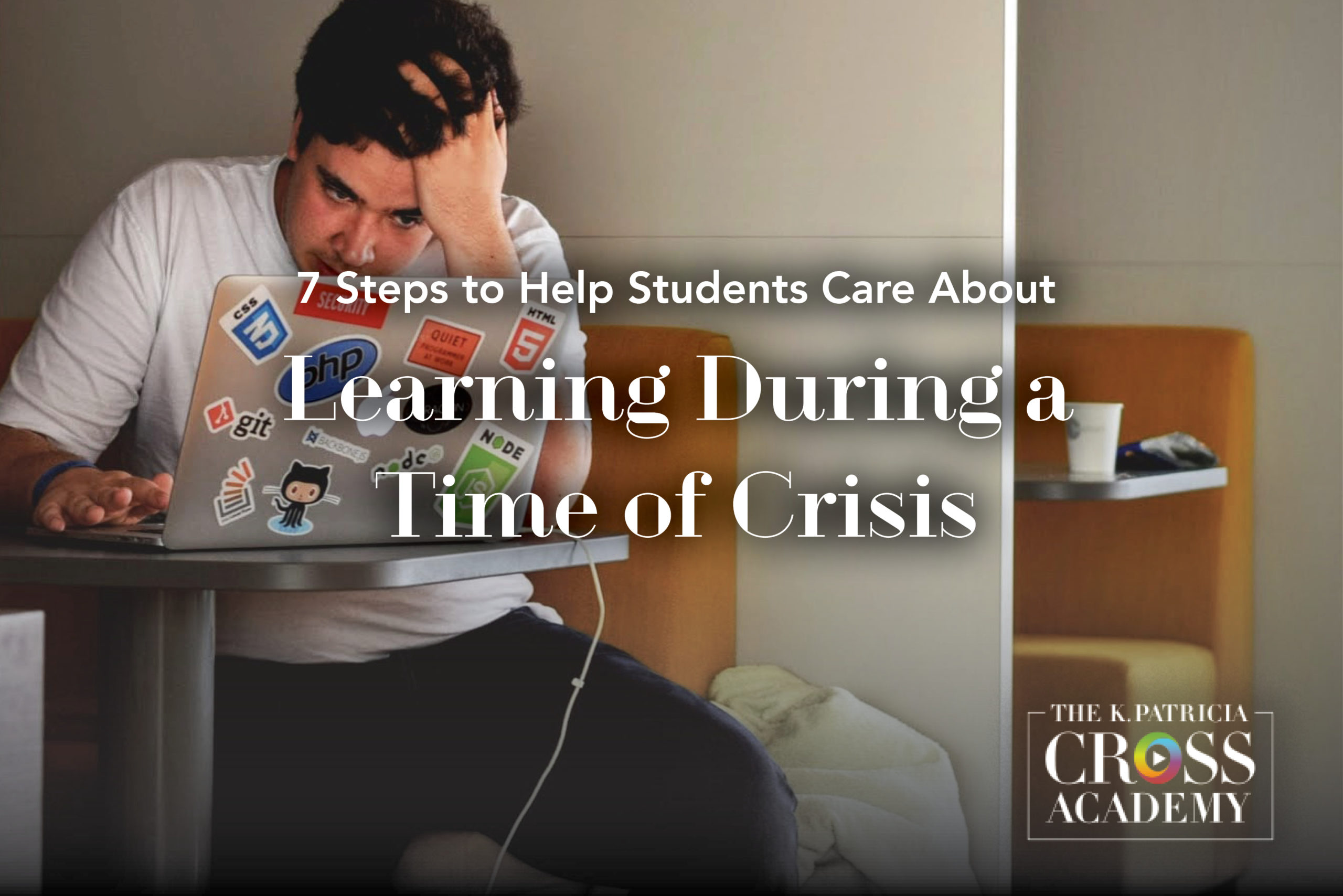CrossCurrents
Our blog offers an in-depth look at relevant teaching techniques and learning theory aimed at keeping your students active and engaged in your classrooms.
LATEST POST
Feedback That Matters: Using Feedback Loops to Enhance Teaching and Learning
Successful learning is a collaborative process that requires both instructors and students to engage in knowledge creation. Despite this shared responsibility, feedback on coursework is often one-sided, privileging the instructor as the sole arbiter of student achievement. This method creates an inequitable power dynamic, positioning learners as passive recipients of knowledge.
Popular Articles for
Online Teaching
5 Tips for Engaging Online Course Design
After years – even decades – of teaching onsite, many instructors are able to teach a traditional, classroom-based course without having laid out the entire course in advance. This approach doesn’t work well in the online classroom, however, as online course delivery requires more fully developing the course ahead of time. Thus, when teaching online, the process of course design is essential.
8 Time Management Tips for Online Teaching
In higher education, we work within semesters, quarters, or terms that last a set number of weeks. Within a given term, we teach in chunks of time, with classes lasting 50 minutes, 3 hrs, 8 hrs, or other increments. But when we teach online, no longer does teaching have to occur synchronously at a fixed time and location. The online teaching environment requires reconsidering traditional notions of time
Making Good Use of Online Discussion Boards
Many times, instructors feel like they “should” assign discussion board posts. They do so for a variety of reasons, including to simply receive the “regular and substantive interaction” between students and teachers required in virtual classrooms. Lively discussions are a hallmark of face-to-face courses. Likewise, for decades, discussion boards have been a staple of online courses. But doing discussions online and through a text-based medium offers its own set of challenges.
Creating an Engaging Teaching Persona Online
When we teach online, we have to be more intentional about sharing information about ourselves and about which information we will share. We decide, for example, whether to display a picture of ourselves or an avatar and if so, which. We have to make decisions about what personal information to put out there for students. We have to choose whether or not we want them to see and hear us. How can we make deliberate choices when creating our personas?

FEATURED COLLECTION
Fostering Diversity & Inclusion
Whether you're teaching in a classroom or online, fostering community and inclusion in your class is key to student engagement and collaborative learning. In this collection of articles, we explore ways to practice inclusive teaching, to encourage meaningful connection and communication, and to help students care about learning during an age of significant distraction.







